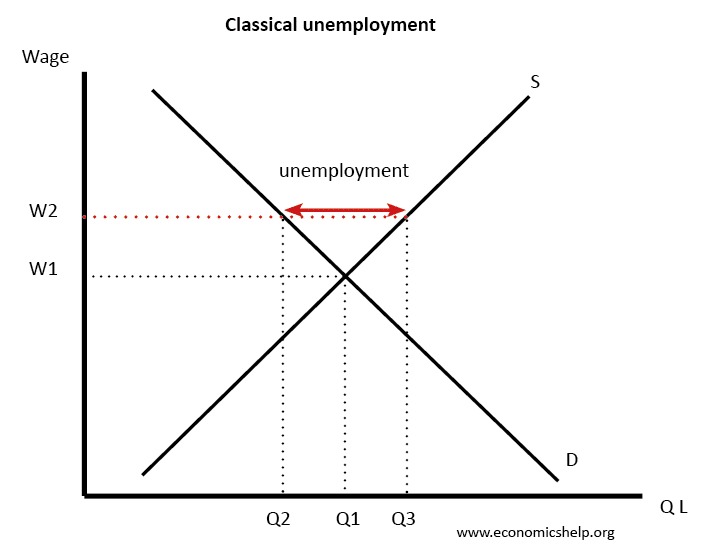
Ch 19 - Macroeconomic Objectives: Low unemployment
Unemployment: people of working age who are without work, available for work, and actively seeking employment
Formula: number of unemployed people / labour force * 100%
Difficulties in measuring unemployment:
Hidden unemployment: people who have given up on finding work, overqualified people
Underemployment: people who work part time but want full time jobs
Consequences:
Loss of GDP
Loss of government revenue (tax)
Cost to the government in the form of unemployment benefits
Disruptions in government spending
Social problems
Costs of unemployment:
On society: Poverty, homelessness, violence, and increase crime rates. These are caused by other factors as well, however, unemployment has major effects on society
On unemployed people: Little to no money leads to a poorer standard of living and quality of life.
On the economy as a whole: Can be illustrated using a production possibilities curve. Actual output is less than possible output, which leads to unemployed people paying less direct taxes, therefore decreasing benefits to the economy and government since they receive less money and have to spend more to fix the effects of unemployment
Equilibrium in the labour market:
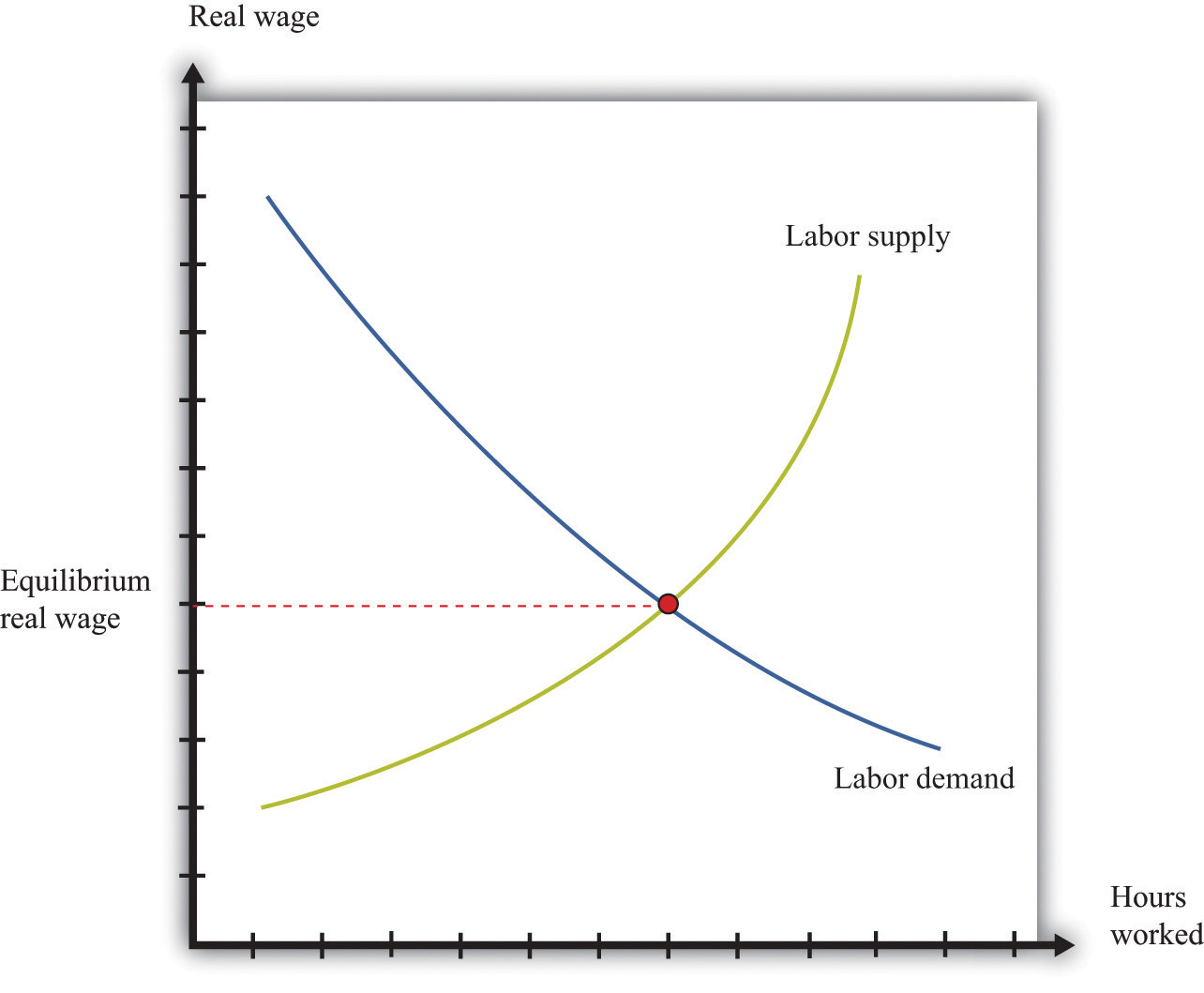
At a lower wage rate, producers are more willing to hire workers
If AD increases, more labour is required to produce more output
As average wage rate increases, more people will work so Aggregate supply curve slopes upwards
The labour market is in equilibrium when AD for labour is equal to AS of labour
Types of unemployment:
Frictional: people switching jobs
Structural: people who lose their jobs because they are no longer needed. Ex: machinery taking over
Seasonal: workplaces that only operate seasonally
Cyclical: (demand deficit) weak demand for certain goods. Firms decrease output and fire workers
Real-wage unemployment: when another wage is set higher than the equilibrium price
Graphs of different types of unemployment:
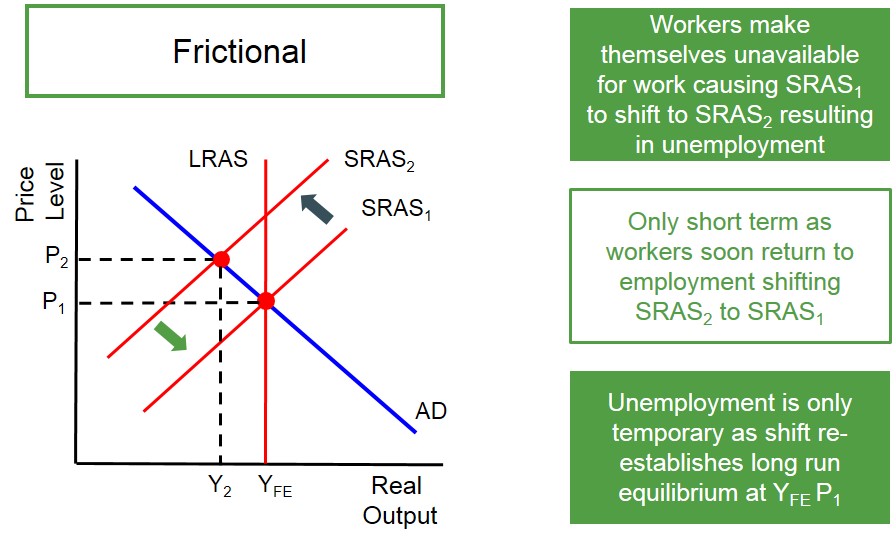
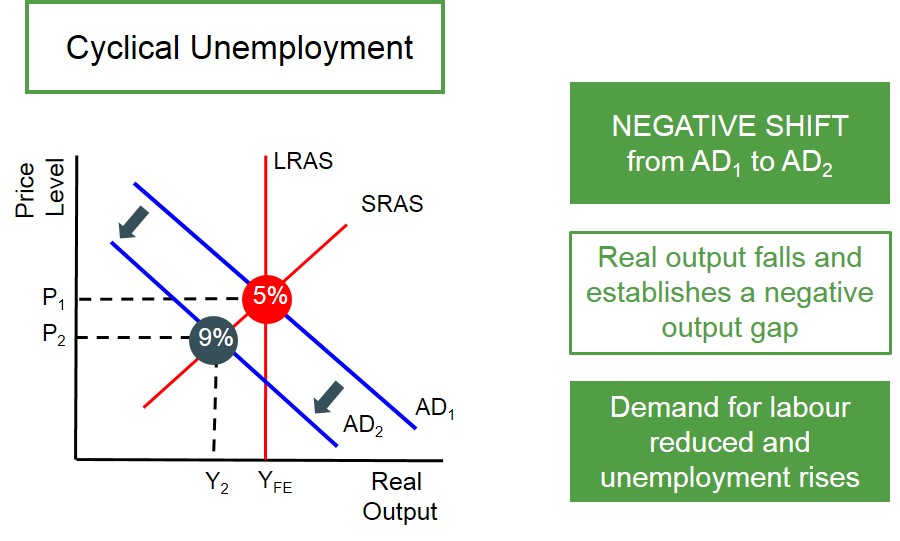
Cyclical unemployment: as AD decreases from AD1 to AD2, unemployment increases from Yfe to Y2. Also known as demand deficient unemployment
As consumer demands decreases, firms decreases output, so the demand labour decreases
Wages do not tend to decrease, but there will be unemployment
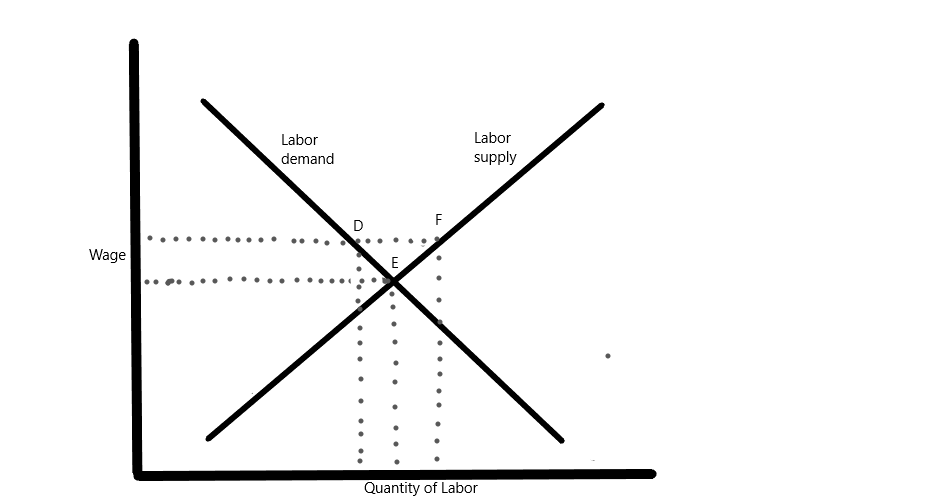

Real wage unemployment
Solution for frictional and seasonal:
a. Cutting unemployment benefits (less beneficial to stay unemployed)
b. Improving information to find jobs easier
Solution for structural:
Training schemes and education to enhance people’s skills
Relocation; incentives to move where skills are required
Solution for cyclical:
Expansionary fiscal and/or monetary policies aimed at increasing AD
Crowding out: when governments run budget deficits to stimulate an economy and reduce unemployment. Government has to borrow money to run a budget deficit
Will crowding out occur in:
Keynesian: no, if the economy is producing at less than full employment
Classical: yes, they are opposed to the use of demand management policies, argue that crowding out is a significant problem of increased government spending
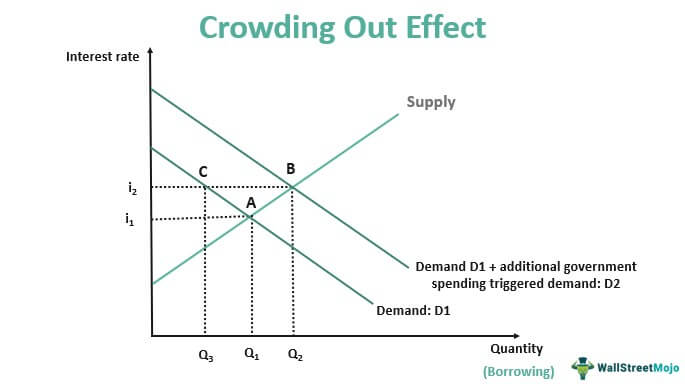
Government increases demand for loanable funds in the economy
Higher interest rates causes private investments to fall, which reduces aggregate demand
Final effect on the AD depends on if an increase in government spending outweighs the fall in investments
Ch 19 - Macroeconomic Objectives: Low unemployment
Unemployment: people of working age who are without work, available for work, and actively seeking employment
Formula: number of unemployed people / labour force * 100%
Difficulties in measuring unemployment:
Hidden unemployment: people who have given up on finding work, overqualified people
Underemployment: people who work part time but want full time jobs
Consequences:
Loss of GDP
Loss of government revenue (tax)
Cost to the government in the form of unemployment benefits
Disruptions in government spending
Social problems
Costs of unemployment:
On society: Poverty, homelessness, violence, and increase crime rates. These are caused by other factors as well, however, unemployment has major effects on society
On unemployed people: Little to no money leads to a poorer standard of living and quality of life.
On the economy as a whole: Can be illustrated using a production possibilities curve. Actual output is less than possible output, which leads to unemployed people paying less direct taxes, therefore decreasing benefits to the economy and government since they receive less money and have to spend more to fix the effects of unemployment
Equilibrium in the labour market:

At a lower wage rate, producers are more willing to hire workers
If AD increases, more labour is required to produce more output
As average wage rate increases, more people will work so Aggregate supply curve slopes upwards
The labour market is in equilibrium when AD for labour is equal to AS of labour
Types of unemployment:
Frictional: people switching jobs
Structural: people who lose their jobs because they are no longer needed. Ex: machinery taking over
Seasonal: workplaces that only operate seasonally
Cyclical: (demand deficit) weak demand for certain goods. Firms decrease output and fire workers
Real-wage unemployment: when another wage is set higher than the equilibrium price
Graphs of different types of unemployment:


Cyclical unemployment: as AD decreases from AD1 to AD2, unemployment increases from Yfe to Y2. Also known as demand deficient unemployment
As consumer demands decreases, firms decreases output, so the demand labour decreases
Wages do not tend to decrease, but there will be unemployment


Real wage unemployment
Solution for frictional and seasonal:
a. Cutting unemployment benefits (less beneficial to stay unemployed)
b. Improving information to find jobs easier
Solution for structural:
Training schemes and education to enhance people’s skills
Relocation; incentives to move where skills are required
Solution for cyclical:
Expansionary fiscal and/or monetary policies aimed at increasing AD
Crowding out: when governments run budget deficits to stimulate an economy and reduce unemployment. Government has to borrow money to run a budget deficit
Will crowding out occur in:
Keynesian: no, if the economy is producing at less than full employment
Classical: yes, they are opposed to the use of demand management policies, argue that crowding out is a significant problem of increased government spending

Government increases demand for loanable funds in the economy
Higher interest rates causes private investments to fall, which reduces aggregate demand
Final effect on the AD depends on if an increase in government spending outweighs the fall in investments
 Knowt
Knowt